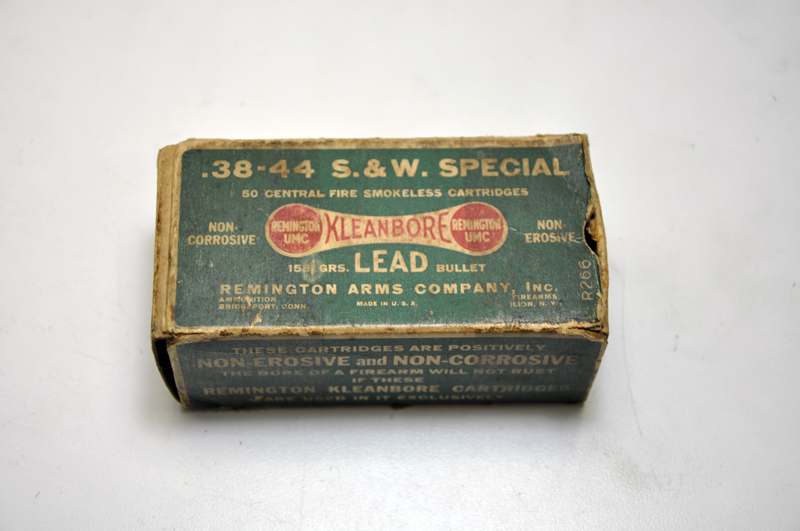Deaf Smith
New member
If I was to use those 38/44 loads it would be in a Offical Police, not the PP.
Deaf
Deaf
Repeating, it is loaded BELOW maximum allowable pressure. So why limit it's use at all? I don't get it. Frankly, I find mainstream +P to be a mild target load. Cases do not expand and seal the chamber which is sure sign of low pressure. The empties fall from the cylinder simply by pointing the muzzle up. Absolutely no signs of any excessive pressure. Indeed, signs of very low pressure.
Originally posted by Tortuga12
Seems the only way this issue is ever going to get put to bed is for someone do perform a documented test using an old S&W and test it to failure! (I like mine to much to volunteer! If I ever pick up another one, though, I'd probably be willing to sacrifice it in the name of science)
Originally posted by Mike Irwin
"it would have to be an unfired vintage S&W"
No, I don't think it would be. It would just need to be with in manufacturer's specification.

